Imagine living in a town with more palm trees than people. Well, that is how it is in Elche. Well known for its vast date palm forest, Elche is home to an estimated 300,000 palm trees which surround the town on 3 sides. The forest is said to have been planted by the Phoenicans in 300BC and today it has grown into a palm tree paradise and one of the largest palm groves in the world. The historic site was declared a World Heritage site by UNESCO in 2000 and in all covers an area of around 3.5 square kilometers. There are about 50,000 palm trees in the area’s nurseries, ranging from small, young plants to fully grown specimens, waiting to be bought and planted in other towns, gardens and parks. Some of the palms reach 30m in height and individual plants are up to 300 years old. The forest palms are harvested every year for their dates and used extensively in cooking as well as being eaten fresh and dried. The palm tree itself is such a versatile and useful plant, as well as its dates, it can be harvested for oil, honey and flour as well as its branches being perfect for making sun umbrellas.
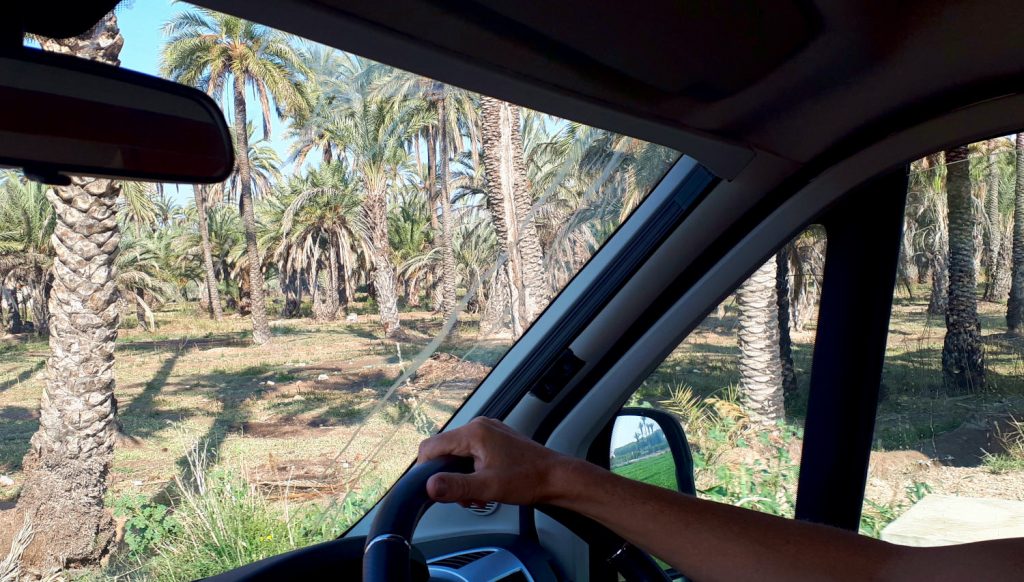
Driving through the palm trees of Elche
From Elche we took a short drive to the El Fondo Nature Reserve just a few kilometres away. On the way there we passed huge swathes of crops growing, many under not very attractive polytunnels but plenty also out in the fresh air. There seemed to be vast plantations of artichokes which we have never seen before. There is so much to an artichoke you can’t eat and not being great fans of them it all seems a bit of a waste. I’m sure artichoke lovers will tell us otherwise. The plants have enormous, leaves and the tough outer casing of the vegetable itself can’t be eaten but they must be massively popular, the fields seemed to go on forever and it’s one vegetable you can always find in the shops. Stopping to photograph them we pulled up alongside a lemon grove thick with the fragrance of lemons which was lovely. We always find it quite fascinating to see such an abundance of fruit and vegetables growing as we so rarely see it like that at home. Apricots, tomatoes, lettuces, herbs, cabbages, lemons and oranges – you name it, there seemed to be fields of it. Driving past all this produce makes you start to be able to fathom just how much needs to be grown to feed us all, so although the polytunnels are a bit of a blight on the landscape it’s obvious they’re essential if we all want to eat.
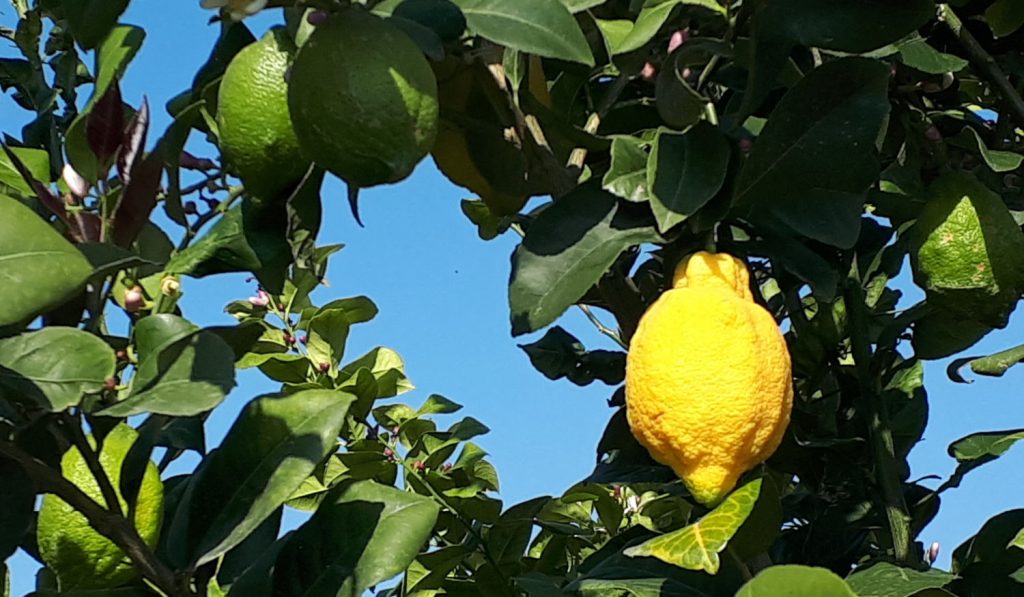
Zingy smelling lemons growing in Elche
There are also thousands of olive trees here, not growing but displayed in enormous pots ready to be sold on. From small to huge, natural to carefully trimmed and topiaried, there were so many of them all lined up and quite a sight to see. There’s something quite special about old olive trees, they’re not people or animals I know but they seem to have so much character. The other thing we saw that we’ve never seen before was a field full of cacti. Obviously we’ve seen them in pots but these were growing in the ground and looked quite weird like little spiky aliens.
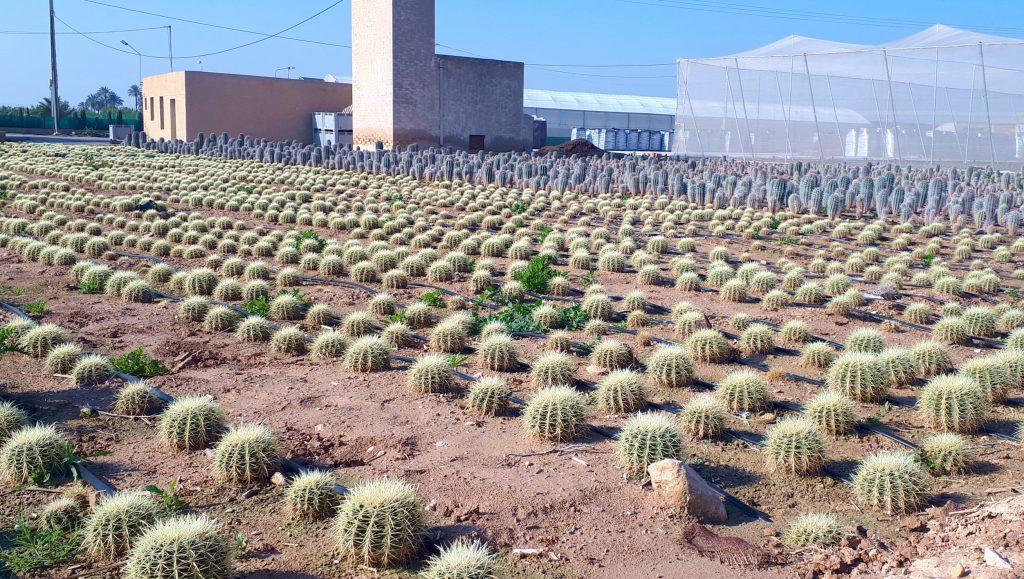
Spiky cactus ‘balls’ growing in the ground in Elche
We eventually made it to El Fondo and luckily there is a large car park so plenty of space for motorhomes. It’s a 2,387 hectare wetland wonderland which dozens of varieties of birds, some rare, and small mammals call home. It’s a beautiful, natural setting surrounded by farmland with a scenic mountain backdrop, a quiet retreat for some peaceful walks and bird spotting. We grabbed the binoculars and took a slow stroll out over the boardwalks across the serene lagoons seeing what birds we could find along the way. There’s a huge diversity of birds in the park and although we didn’t see anything out of the ordinary (you would probably have to sit patiently for that) we still enjoyed glimpses of herons, egrets, coots with their babies nestled in the rushes and some white flamingoes who obviously hadn’t been getting enough of the right foods to keep them pink!
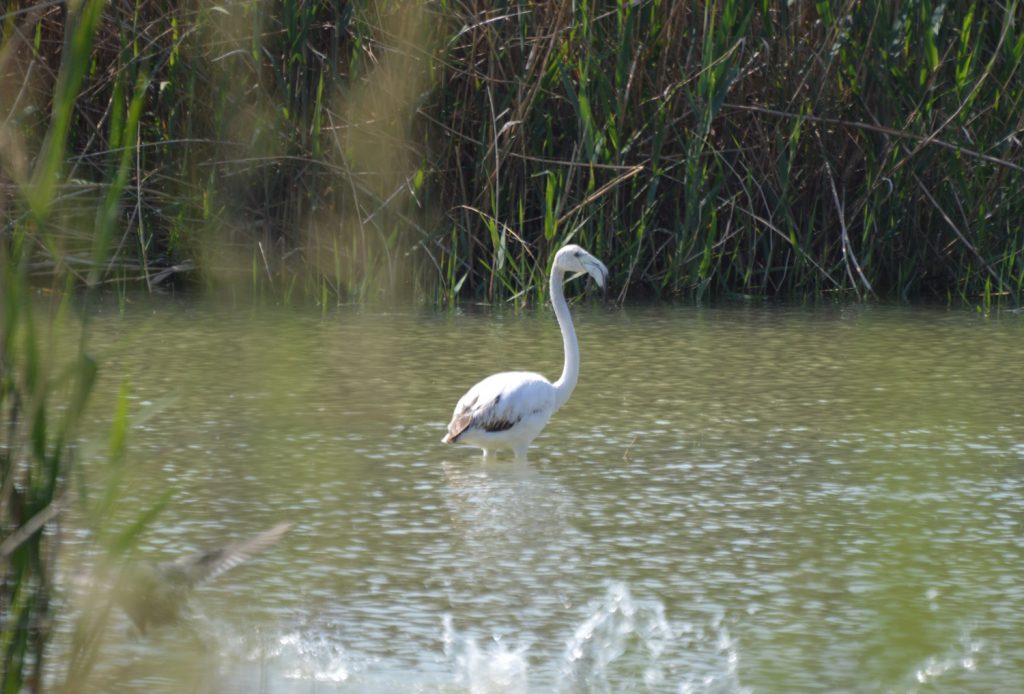
A flamingo turned white!
Feeling relaxed after our wander through the wetland is was time to get on with a very important errand – washing Buzz! In 2 days’ time we had a date with Juke Media who were flying out from the UK to catch up with us down at the coast and make another short documentary film about our journey and experiences in the Laika Kreos motorhome. If you haven’t seen the first one, take a look here. Juke Media did such a great job last time that Buzz obviously wanted to look his best so a wash and brush up was order of the day. It’s not always easy to find a big enough car wash being 3m high and 2.33m wide and it took us a while but typically as soon as we drove away we then seemed to see them in every town we passed through.
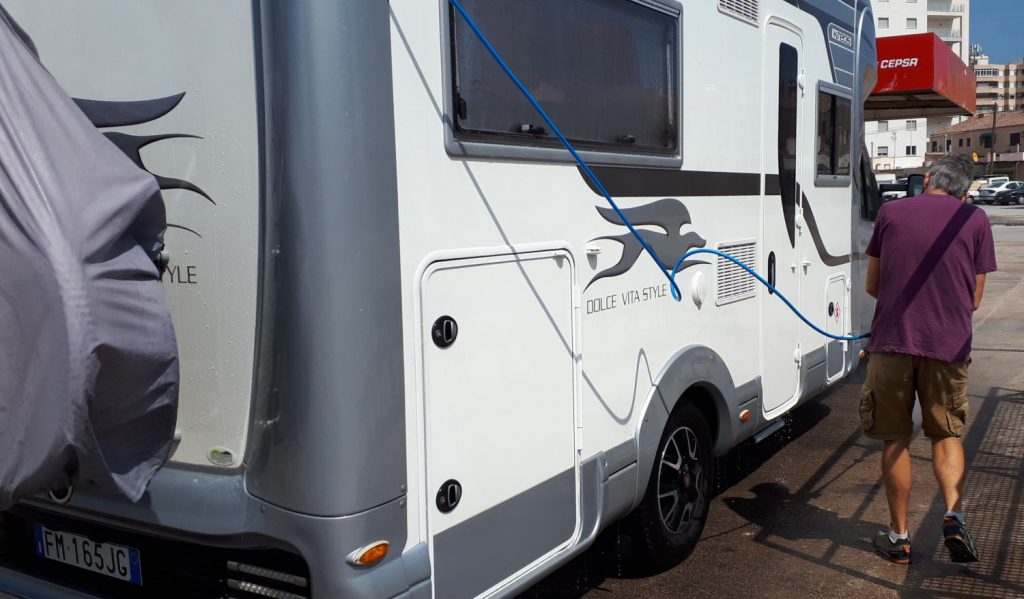
Buzz getting a wash and brush up
Afterwards we drove away looking very smart and shiny and couldn’t believe it about 20 minutes later when it started pouring with rain. It seems to happen every time we go to the car wash so we shouldn’t have been surprised really but we were hoping for the best this time. By the time we got to our next location the dirt and grime from the wet roads had splashed up and got the wheels and sides all splattered and dirty again. Then to add insult to injury, once the rain stopped we drove through a sudden, strange swarm of insects who all got squashed and smeared all over the windscreen! Grrrrr … I think that’s called a conspiracy!
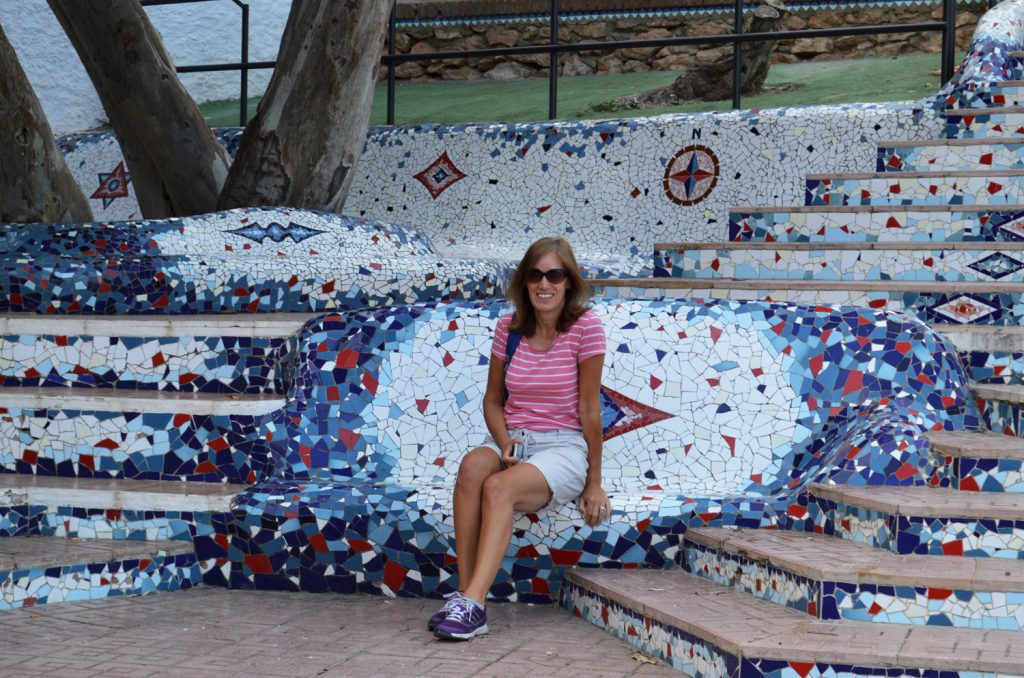
Colourful mosaic bench El Rincon del Hornillo, Aguilas
Next on the agenda was a quick stop in the town of Aguilas (Eagle) and El Rincon del Hornillo where there’s a mosaic staircase which winds up from the small beach cove to a residential area of the town. Unfortunately it was a bit dull so we probably didn’t really see it looking its best but it certainly packs a colourful punch and brightens up an otherwise quite dull corner. The steps curve up and round incorporating a bench, tall lantern feature, a little bar and patio (Rincon los Casucos which was closed up for the day) and a fountain at the top. The tiles were all hand laid and all the work of one man who spent 12 years working on it. Definitely a sight for sore eyes!


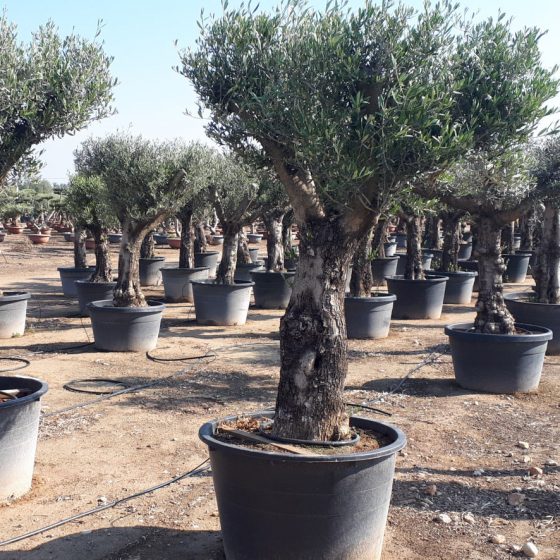
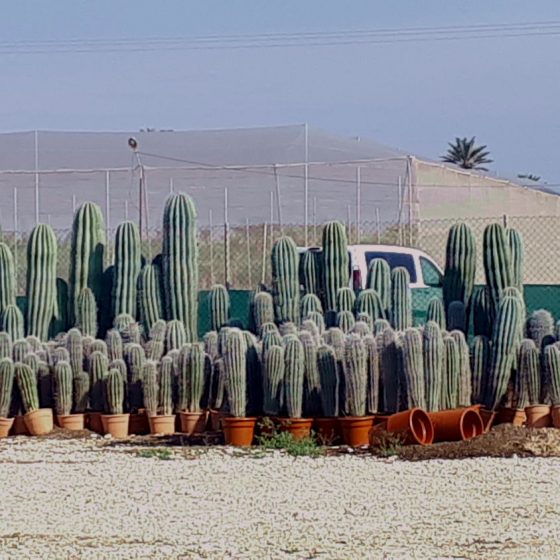
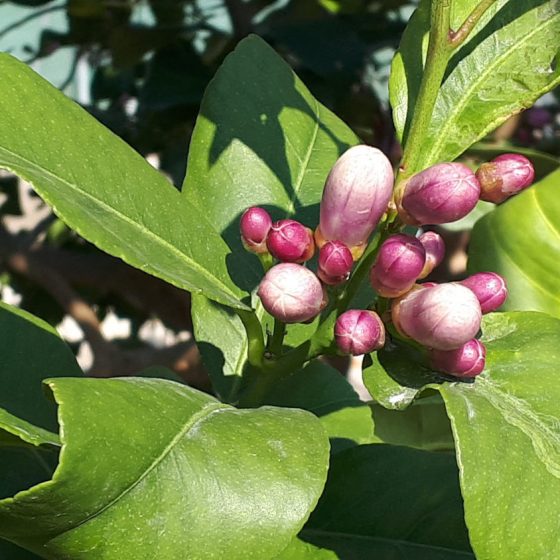
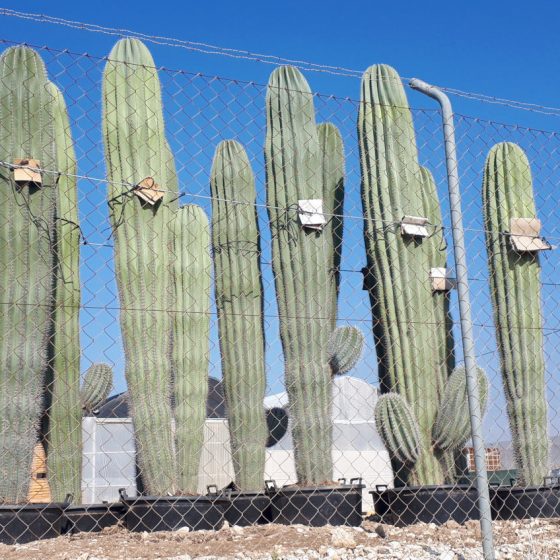
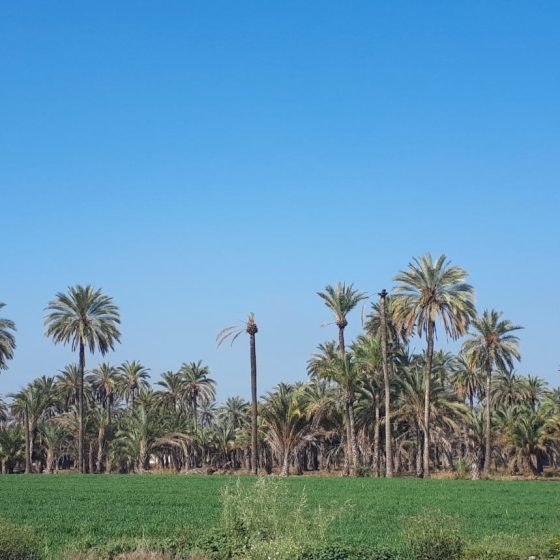
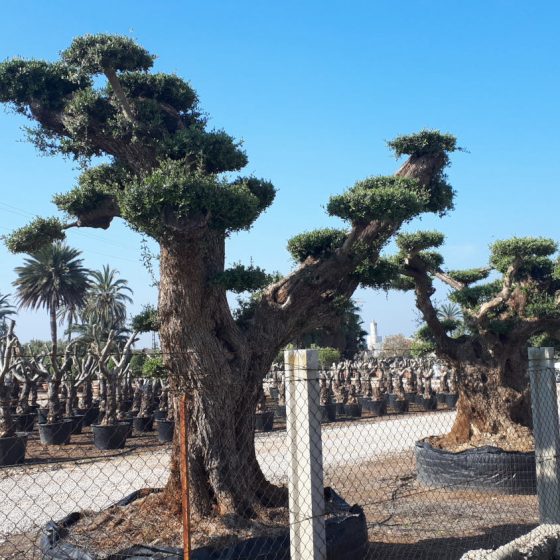
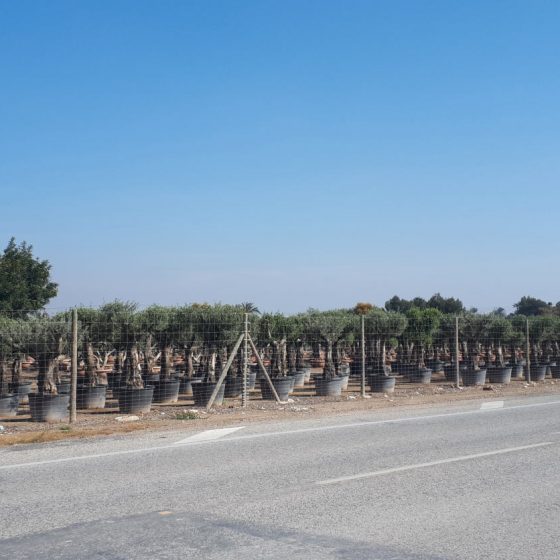
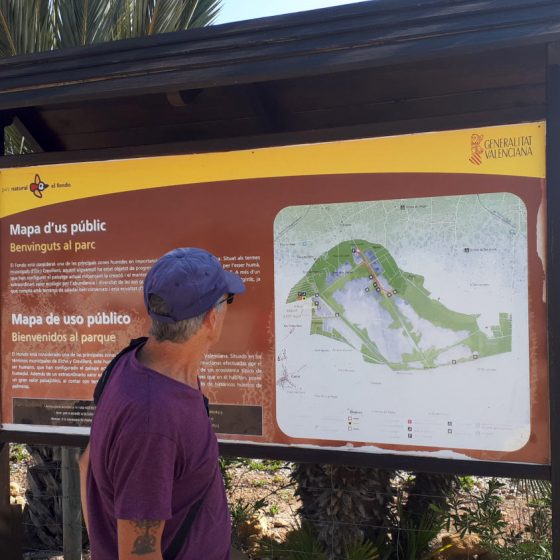
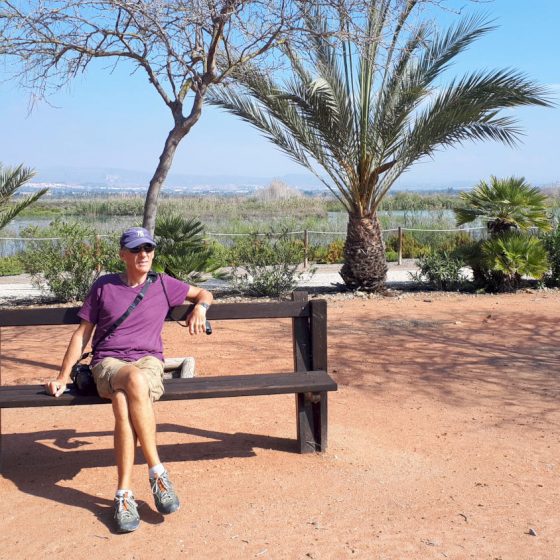
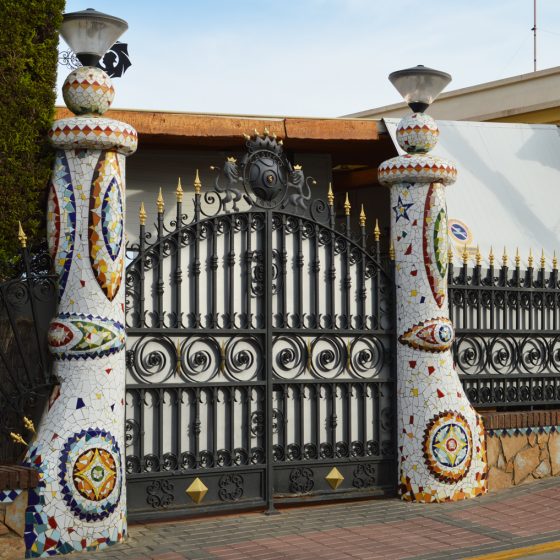
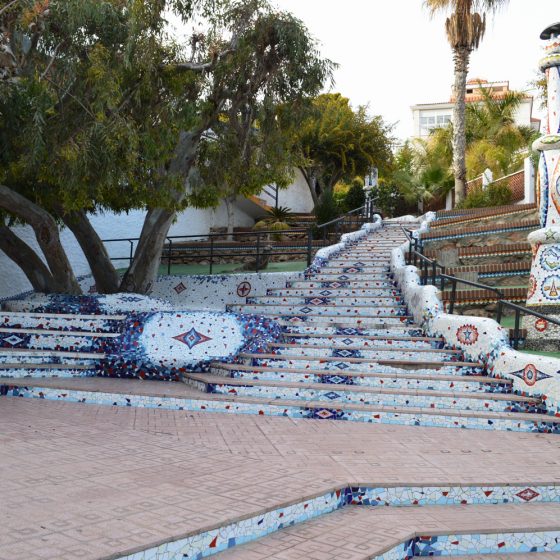
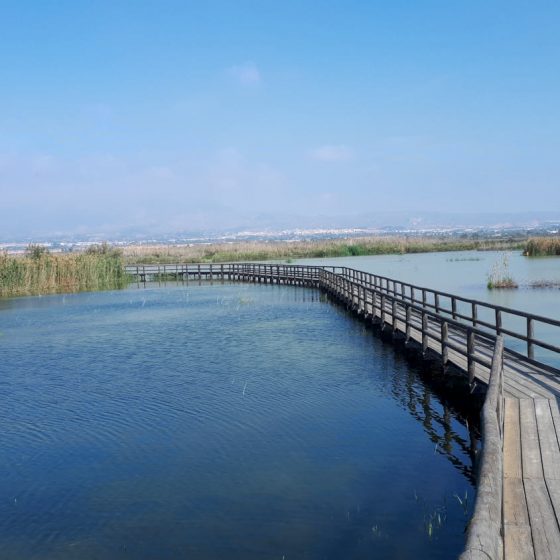
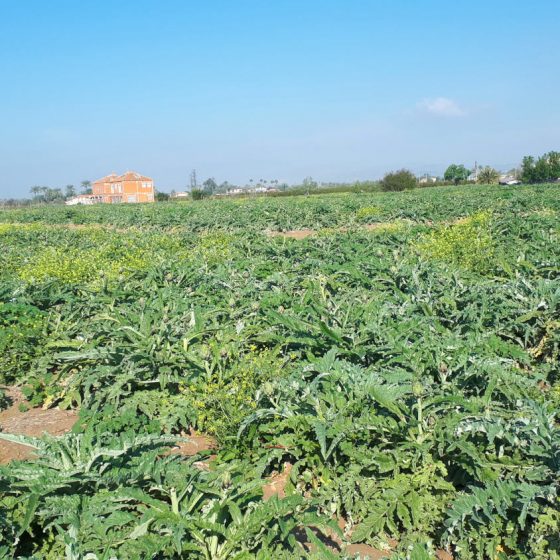
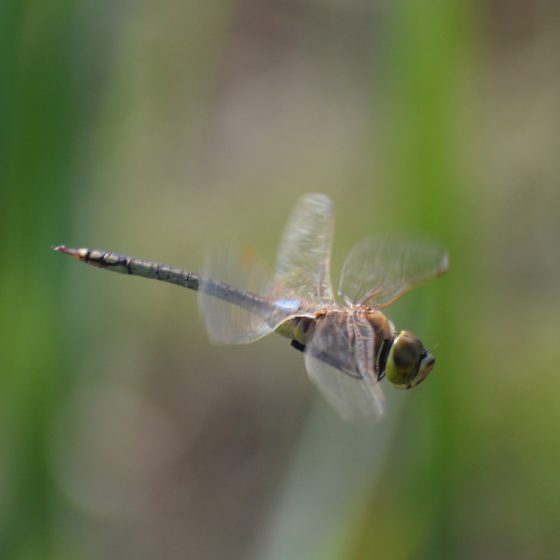
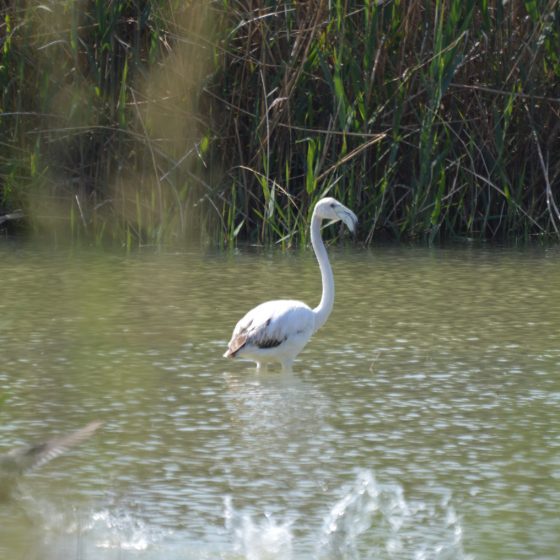
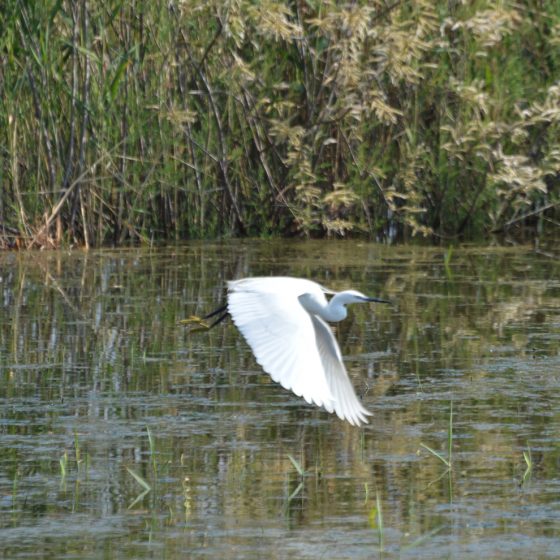
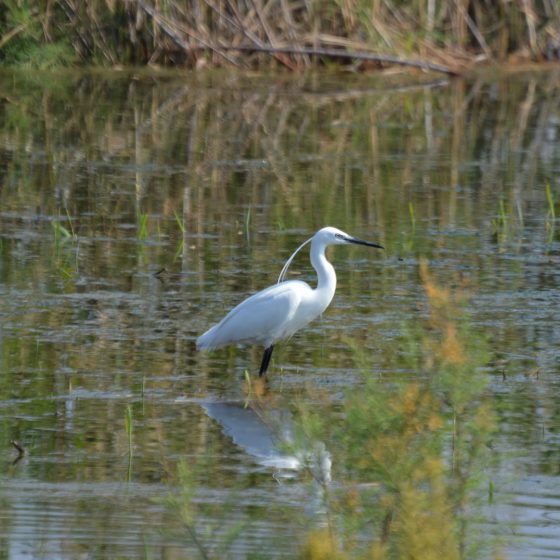
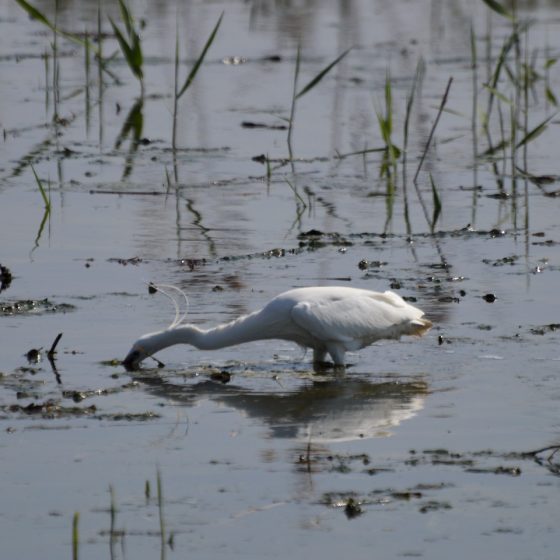
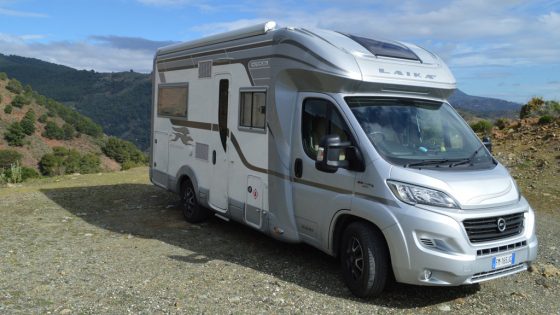
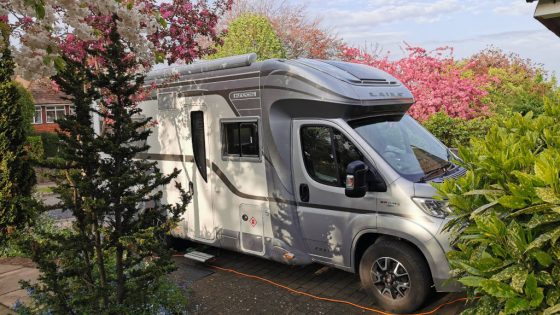
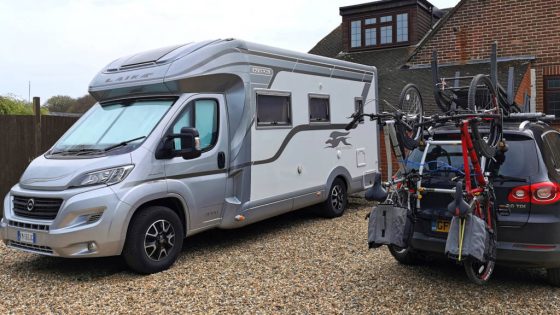
Leave a Reply